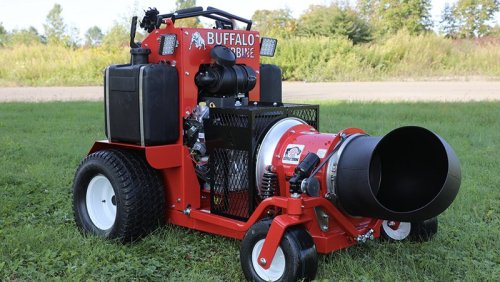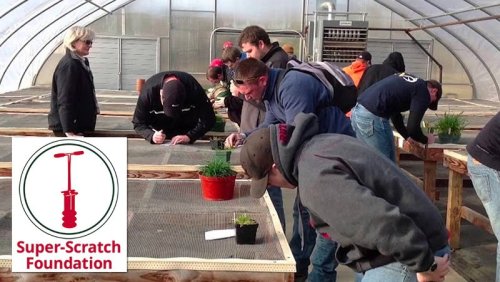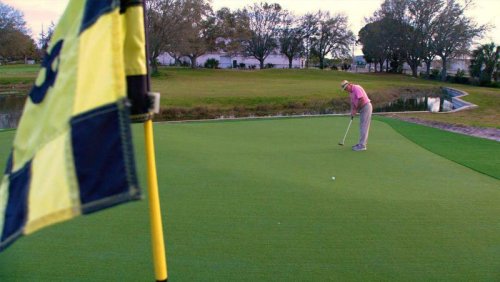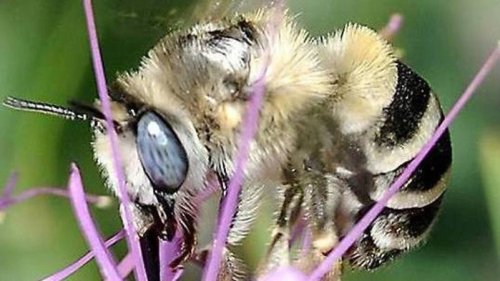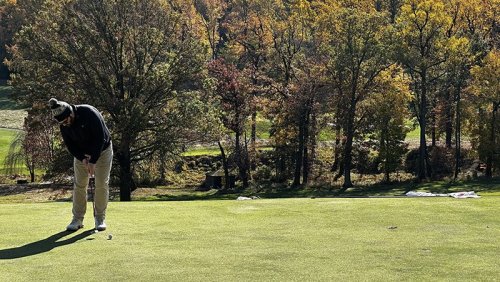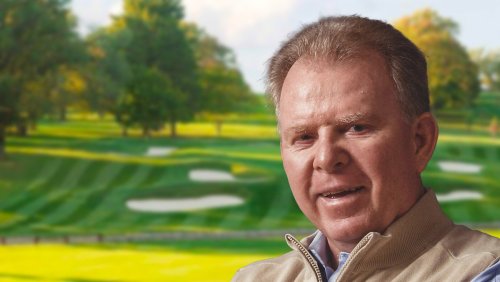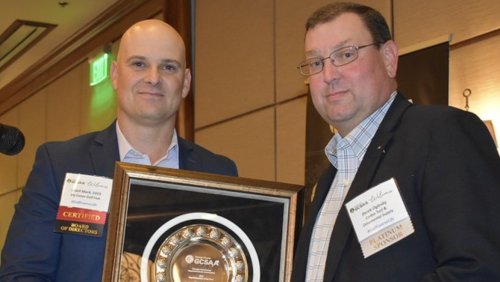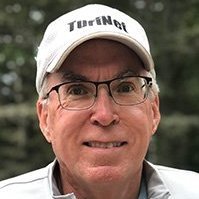

Adam burst upon the social media scene with a series of blogs and GoPro videos highlighting golf course maintenance practices while he was the superintendent at Plum Hollow Country Club in Michigan. Adam jumped over to the supply side of the industry in 2015, serving for seven years as a territory manager for Syngenta Professional Solutions.
Returning to his literary roots and his BA in English from Michigan-Dearborn, Adam left his career in sales to pursue his dream of becoming a writer and producing original content for the turf industry. He has spent the last year back on a golf course assisting with a new golf course construction, and now is eager to spread his wings. His business, Garr Productions LLC, specializes in creating high-quality, educational and innovative video content for the benefit of golf course superintendents everywhere.
At TurfNet, Adam plans to combine his unique industry perspective with his passion for storytelling, history, and life lessons to create thought-provoking content designed to challenge and inspire. In many ways his outlook on life and the turf industry blend seamlessly with the core values of TurfNet. His first video series will be Trailing Thoughts, which combines video "hikes" through various National Parks with narration from his life experience within turf and without.
Adam lives in Novi, Michigan with his wife Michelle and their blended family of five children.
- Read more...
- 2,285 views



